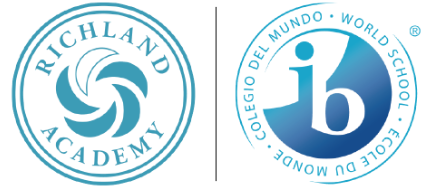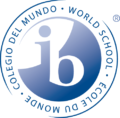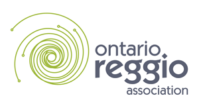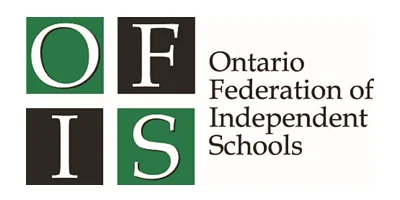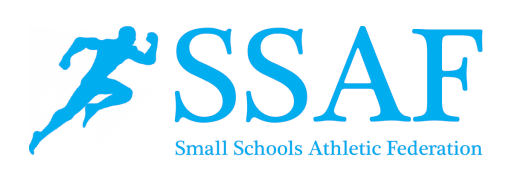At the end of Wednesday’s school day, a group of Richland Faculty loaded a six passenger vehicle and made their way westbound to Hamilton to partake in a professional development series on Making Thinking Visible, presented by Seneca Professor, Louise Jupp.The evening’s session focussed on the features of documentation through an inquiry lens. We examined the following five features of documentation;
- a specific question
- interpretation and evaluation of observations
- use of multiple languages
making learning visible - retrospective and prospective
Louise referred to the importance of the inquiry experience as an instrument to develop a new and different vision of oneself and one’s actions through the use of all our senses. The open-endedness of inquiry learning, as well as the art of documentation, act as catalysts to cognitive development. Documentation facilitates the turning of the pages of the inquiry process, opening the doors to dialogue, and the path to further learning and the layering of knowledge. Our engagement in the marble run activity enabled us to see ourselves in relation to one another. We understood and empathised with the complexity and the depth involved in a child’s learning journey and how they contribute to that learning.
Our engagement in the marble run activity enabled us to see ourselves in relation to one another. We understood and empathised with the complexity and the depth involved in a child’s learning journey and how they contribute to that learning. As a group, when reflecting on our learning journey, one filled with innovation and creativity, we discovered that our chosen roles and communication styles had an impact on that journey. We understood the importance of collaboration and social dynamics as we experimented with the materials provided to create marble runs that put scientific principles into practice.
As a group, when reflecting on our learning journey, one filled with innovation and creativity, we discovered that our chosen roles and communication styles had an impact on that journey. We understood the importance of collaboration and social dynamics as we experimented with the materials provided to create marble runs that put scientific principles into practice.
 We look forward to our next session when we will be invited to take a closer look at images, and their central role in making learning visible. We will participate in reflective discussions around the roles of documentation, emergent curriculum, and the facilitation of experiences for children.
We look forward to our next session when we will be invited to take a closer look at images, and their central role in making learning visible. We will participate in reflective discussions around the roles of documentation, emergent curriculum, and the facilitation of experiences for children. On our next trip to Hamilton our journey led us to an evening of images and working documentation.Why are images so important to documentation? Photographs give us a window into what children see and understand, but words, too, are images. Both are languages that support and work together to tell a story. The written sets the context for the image. A question that arose from us was, “What considerations does the photographer have in mind when taking a photo?” This too, is subjective, and so the context and reasoning is important to understand and document as well. Why not give the camera to the child, so that the image is represented through the eyes of the student as well? The story can and should be told from three perspectives, so that all voices are heard.
On our next trip to Hamilton our journey led us to an evening of images and working documentation.Why are images so important to documentation? Photographs give us a window into what children see and understand, but words, too, are images. Both are languages that support and work together to tell a story. The written sets the context for the image. A question that arose from us was, “What considerations does the photographer have in mind when taking a photo?” This too, is subjective, and so the context and reasoning is important to understand and document as well. Why not give the camera to the child, so that the image is represented through the eyes of the student as well? The story can and should be told from three perspectives, so that all voices are heard. 
- The Children’s Story
- The Learning and Development Story
- The Teacher’s Story
Why is working documentation so important to the process of telling the story? Working documentation gives us time to reflect throughout the process. When we showcase the final documentation, if is like giving the reader the “last page of a book.” Without the window into the process, the deepness of the story is not evident. Jumping to the final product causes us to take liberties with their stories.  We do reflect, we do take our time, but can we do better? Certainly! Can we take more time to probe deeper into the children’s mind? Certainly! Can we do a better job of including our audience, the children, other teachers and families throughout this process? Certainly!
We do reflect, we do take our time, but can we do better? Certainly! Can we take more time to probe deeper into the children’s mind? Certainly! Can we do a better job of including our audience, the children, other teachers and families throughout this process? Certainly!

